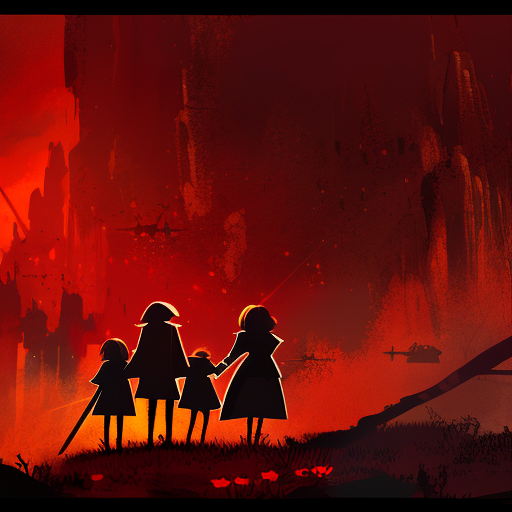The Orphan’s Tale: A Story of Survival and Friendship
In “The Orphan’s Tale” by Pam Jenoff, two women find themselves thrown together in the midst of World War II, forming an unlikely friendship as they navigate the perils of the Nazi regime. With themes of sacrifice, resilience, and the power of human connection, this novel takes readers on a gripping journey through the darkest days of history.
A Circus of Secrets
The story begins with Noa, a young Dutch girl who finds herself pregnant and disowned by her family after a brief affair with a German soldier. Desperate and alone, she stumbles upon a train carrying Jewish infants bound for concentration camps. Unable to bear the thought of their impending doom, Noa impulsively rescues one of the babies and flees into the night.
Noa’s impulsive act leads her to a German circus, where she is taken in by Herr Neuhoff, the circus master. In order to protect herself and the baby, Noa is forced to join the circus as an aerialist, performing death-defying stunts high above the crowd. As she struggles to fit into this new world, Noa forms an unlikely bond with Astrid, a seasoned performer who carries her own secrets.
An Unlikely Friendship
Astrid, a Jewish woman hiding her true identity, has been forced to leave her young daughter behind in order to escape the Nazis. As Noa and Astrid grow closer, they find solace in their shared experiences and the understanding that they are each other’s only hope for survival. Together, they navigate the treacherous landscape of wartime Europe, constantly on the run and living in constant fear of discovery.
As the war rages on, the circus becomes a sanctuary for those seeking refuge from the horrors of the outside world. However, tensions rise within the tight-knit community as suspicions and betrayals threaten to tear them apart. Noa and Astrid must rely on their friendship and inner strength to overcome the challenges they face, both within and outside the circus.
A Tale of Resilience and Hope
“The Orphan’s Tale” is a powerful exploration of the resilience of the human spirit in the face of unimaginable adversity. Through Noa and Astrid’s stories, the novel delves into themes of sacrifice, courage, and the lengths people will go to protect those they love. It also sheds light on the often-overlooked role of circuses during World War II, providing a unique perspective on this tumultuous period in history.
Key takeaways from “The Orphan’s Tale” include:
- The power of friendship and human connection in times of crisis
- The resilience of the human spirit in the face of unimaginable adversity
- The importance of standing up against injustice, even in the most dangerous circumstances
As Pam Jenoff writes in “The Orphan’s Tale”: “We were all running, fleeing, trying to escape. But in the end, the only way to survive was to face it head-on, to hold hands and walk through the fire together.”
In this poignant and gripping novel, readers are reminded of the strength and courage that can be found even in the darkest of times. “The Orphan’s Tale” is a testament to the indomitable human spirit and the enduring power of hope.












